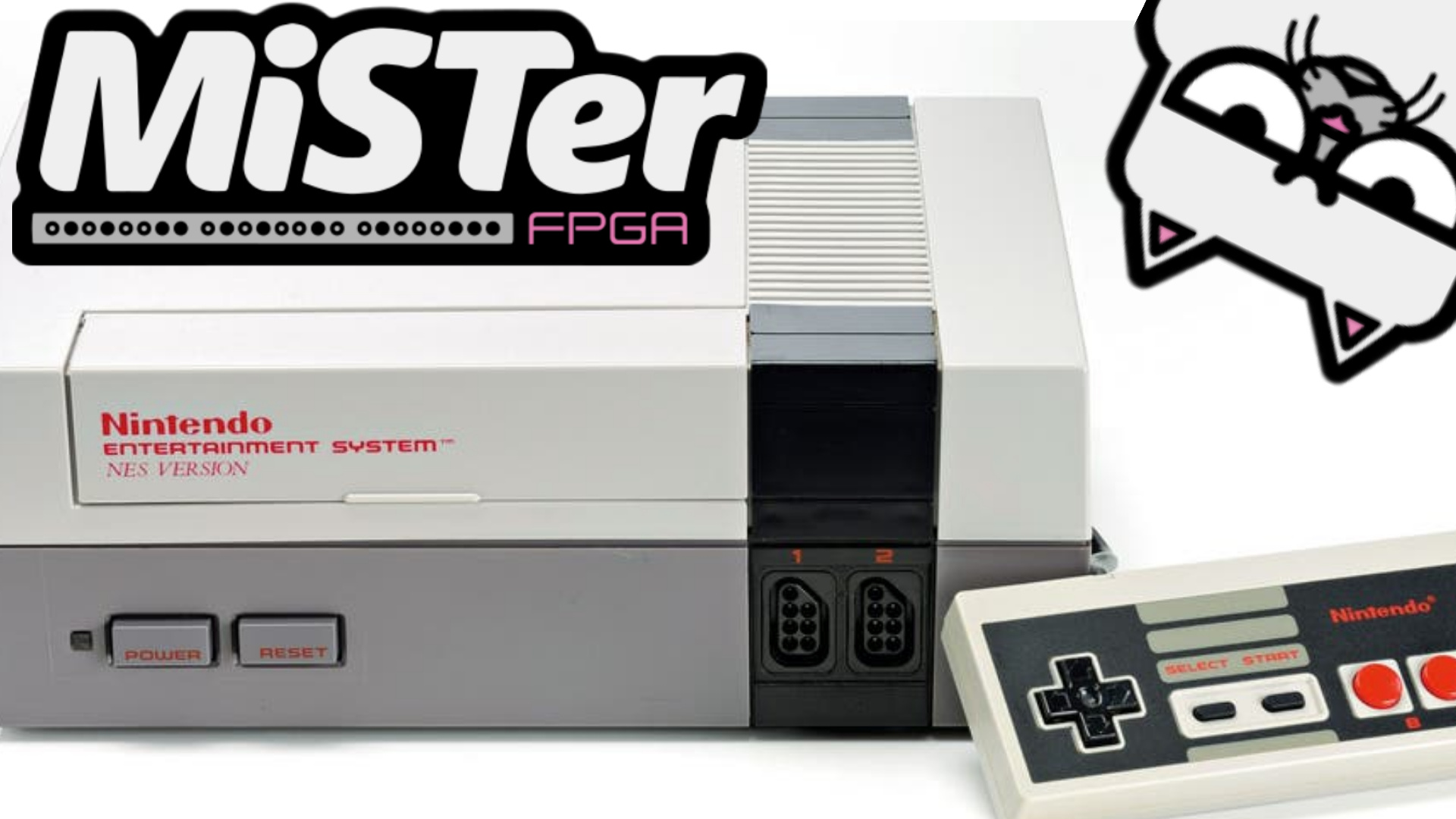
The NES MiSTer FPGA core is a highly accurate, hardware-level recreation of the original Nintendo Entertainment System (NES), including its Japanese counterpart, the Famicom, for the MiSTer FPGA platform.
Unlike software emulation, which simulates the NES hardware using a computer’s CPU, the MiSTer core uses a Field-Programmable Gate Array (FPGA) to essentially rebuild the original console’s circuitry in digital logic. This process is known as hardware description language (HDL) synthesis.
The core offers an extremely high level of fidelity, aiming for cycle-accurate reproduction of the original hardware’s behavior, including:
- CPU (Ricoh 2A03) and PPU (Picture Processing Unit) timing.
- Accurate audio (APU) simulation.
- Support for a vast array of mappers, which were specialized chips in game cartridges that extended the console’s capabilities (e.g., enabling larger ROM sizes, bank switching, or special sound/IRQ features).
This commitment to accuracy is why the core is often used as a benchmark for replication efforts, providing an experience virtually indistinguishable from the original hardware, free from the input lag and timing inaccuracies often associated with traditional software emulation.

Latest Updates to the Test Core (128/128 on AccuracyCoin Test Tool)
The current test core, which has achieved a perfect 128/128 score on the Accuracy Coins test tool, incorporates a significant rework of the PPU (Picture Processing Unit) to better support niche and complex edge-case behaviors.
Below are the most recent changes/additions to the core by developer Kitrinx

- Complex Mappers and Timing: Focus on games utilizing mappers known for relying on address timing for their functionality, specifically IRQ (Interrupt Request) generation. Key examples include:
- MMC3 (e.g., Mega Man 3, Kirby’s Adventure)
- MMC5 (e.g., Castlevania III: Dracula’s Curse, Metal Slader Glory)
- Timing-Critical Games: Test games widely recognized as having tight timing requirements that are often problematic for less-accurate emulators. Also, test any games that users would not typically think to try on a new core build.
- Pirate and Homebrew Games: Verify the functionality of pirate/unlicensed games that were previously confirmed to be working, as their non-standard designs can easily be affected by PPU/timing changes.
- Regional Variants: Test games from different regional standards:
- PAL (European, slower frame rate)
- Dendy (Russian/CIS variant, unique timing/color palette)
- Video Settings: Scrutinize all available video options, with a particular focus on the overscan setting, to ensure correct rendering and screen positioning.
- General Regression Check: Test any other games, features, or settings to look for regressions (newly introduced bugs or broken functionality).
What exactly is Accuracy Coin?
AccuracyCoin is a special testing tool made for the original Nintendo Entertainment System (NES). It’s designed to check whether a modern emulator or hardware recreation (like FPGA-based systems) behaves exactly like the real console.
It works by running 128 small tests that look at how the NES actually functions, including its graphics, sound, memory, and timing. Each test shows a PASS or FAIL message, so you instantly know if your emulator is accurate. If a test fails, it even gives an error code that helps developers track down what went wrong.
There are also a few special “DRAW” tests that don’t pass or fail but show helpful information about what’s happening inside the system, making it easier to see where differences might appear.
AccuracyCoin goes deep into the NES’s inner workings, testing how it draws graphics (PPU), plays sound (APU), and handles tricky things like interrupts, bus timing, and hidden hardware quirks that many emulators get wrong.
In short: AccuracyCoin is like a lie detector for NES clones and emulators. It tells you whether what you’ve built or are using behaves just like the real console, no shortcuts, no cheats, just pure accuracy.
You can grab the latest test builds of the NES core from the MiSTer FPGA Discord Server.

1 thought on “MiSTer NES Core: Is it BETTER than the Real Thing?!”